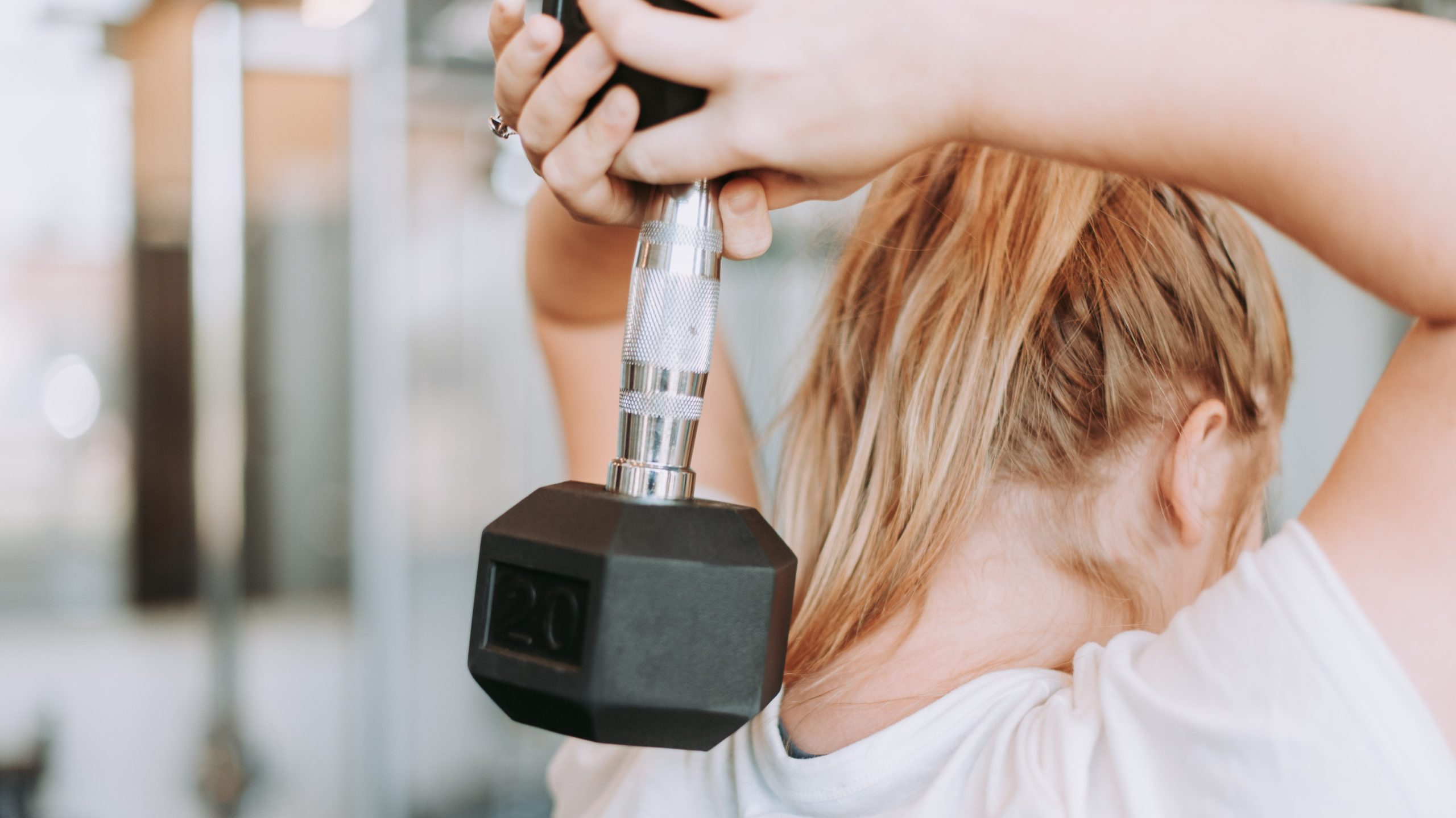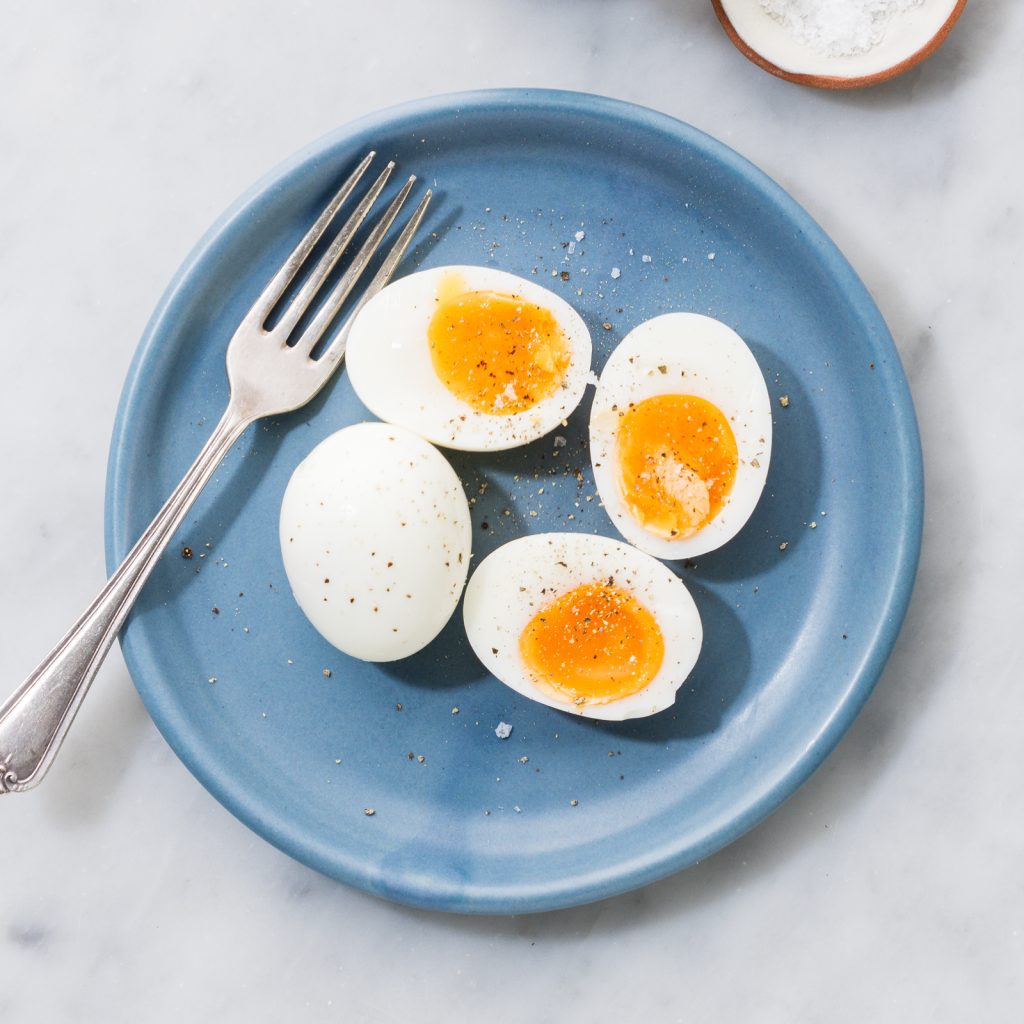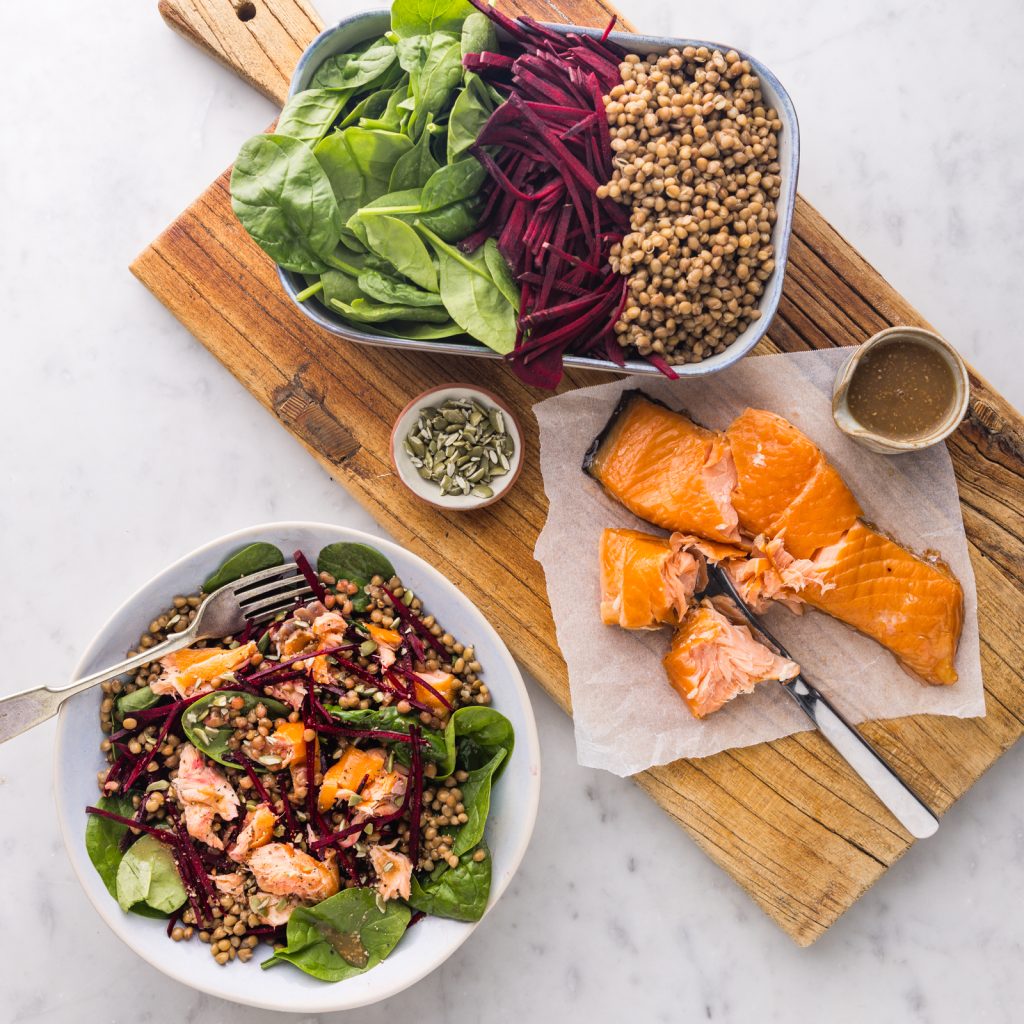When you’re on a GLP-1 medication like Wegovy® or Ozempic®, weight loss can happen quickly. The latest research shows that for some people a significant portion of the weight loss is muscle rather than fat (1). Preserving muscle is important for far more than appearance – muscle supports a healthy metabolism, keeps your energy levels steady, protects your bones, and is essential for keeping you strong and mobile as you age (2). Our nutrition team covers all you need to know to stay strong below.

The good news is that with the right mix of nutrition and exercise, you can reduce muscle loss and even build strength along the way. Protein provides the building blocks for repair and growth, while strength training gives your body the signal to hold on to and build muscle tissue (3). Together, they are the secret weapons for preserving muscle and promoting fat loss during your GLP-1 journey.
Recommended physical activity while taking GLP-1s
Alongside nutrition, physical activity plays a key role in protecting muscle and supporting long-term health while using GLP-1 medications. Research suggests a simple 3-step approach is most effective (4):
Start with moderate activity: Begin with 10 minutes per day and gradually build to 150 minutes weekly. This can include brisk walking, cycling, swimming, or any activity that gets your heart rate up and keeps you moving.
Add strength training: Include 2 to 3 sessions of strength or resistance training per week, aiming for at least 30 minutes each time. This can include home or gym-based training. Strength training is essential for stimulating muscle protein synthesis, protecting lean mass during weight loss, and supporting your bones (3).
Maintain your progress: Once you have built the habit, keep aiming for 30 to 60 minutes of daily movement, while continuing your 2 to 3 weekly strength sessions.
This balanced approach supports fat loss while preserving muscle, helping you stay strong, energised and mobile.
Practical ways to stay strong
1. Find what you enjoy
Exercise does not have to mean going to the gym. Brisk walks, bike rides, or dance classes all count towards your aerobic minutes. Check out what is available in your local area.
2. Build strength at home
You don’t need a fancy gym membership to get results. Resistance bands, a set of dumbbells, or body weight moves such as squats, lunges, push-ups, and planks all work well. If you need inspiration, there are plenty of free online workouts available.
3. Prioritise building leg muscle
Leg strength, particularly your quads, is linked to long-term health and independence (5). Include moves such as squats, lunges, or step-ups regularly.
4. Start simple with a mini routine
Try this full-body circuit 2 to 3 times per week. Once it feels easy, slow the movement down, add a pause or increase the weight, reps, or sets to keep progressing:
- Squats or sit-to-stands from a chair: 3 sets of 10 to 15 reps
- Push-ups (against a wall or bench if needed): 3 sets of 10 to 12 reps
- Glute bridges: 3 sets of 12 to 15 reps
- Resistance band rows: 3 sets of 12 to 15 reps
- Plank hold: 3 x 20 to 30 seconds
5. Exercise bursts
If you are time-poor or if a full workout feels too much, break it into short sets across the day. For example: 10-minute walk to start the day, 20 squats before lunch, and 10 push-ups in the evening.
6. Pair exercise with protein
Protein provides the building blocks your muscles need to repair and grow. As a GLP-1 user, aim for 1.0 to 1.5 g of protein per kilogram of body weight each day, if you are moderately active (4).
For example, a 70 kg person may aim for 70 to 105 g of protein per day. Distribute this evenly across meals, with 20 to 30 g per meal to best support muscle repair and growth (6).
This is easy to hit at dinner, but breakfast and lunch are just as important. Try to include protein-rich foods earlier in the day, such as eggs, Greek yoghurt, cottage cheese, tofu, legumes, or lean meats. If your appetite is low, a protein shake with at least 20 g of protein per serving can be a useful option.\


Remember
- Strength training and protein together are the best defence against muscle loss on GLP-1s (1,4).
- You do not need fancy equipment or a gym to make progress. Small, consistent efforts add up.
- Even short bursts of movement throughout the day count.
- Staying strong now supports your metabolism, independence, and long-term health.
Everyone’s needs are different, so always pair these strategies with advice from your healthcare professional.
Pair your training with meals that support muscle and strength!
Our GLP-1 Support Recipes provide the protein and balance you need to stay strong on your journey.
Explore our GLP-1 Support Meal Plan here
References
- Mozaffarian D et al. Nutritional priorities to support GLP-1 therapy for obesity: A joint Advisory from the American College of Lifestyle Medicine, the American Society for Nutrition, the Obesity Medicine Association, and The Obesity Society. Obesity (Silver Spring). 2025;33(2):229-57.
- Wolfe RR. The underappreciated role of muscle in health and disease. Am J Clin Nutr. 2006;84(3):475-82.
- Jones DA et al. Physiological changes in skeletal muscle as a result of strength training. Exp Physiol. 1989;74(2):233-56.
- Mehrtash F et al. I am taking a GLP-1 weight-loss medication—what should I know? JAMA Intern Med. 2025;185(7):741-2.
- Garcia-Hermoso A et al. Muscular strength as a predictor of all-cause mortality in an apparently healthy population: a systematic review and meta-analysis of data from approximately 2 million men and women. Arch Phys Med Rehabil. 2018;99(10):2100-13.
- Phillips SM et al. Protein “requirements” beyond the RDA: implications for optimising health. Appl Physiol Nutr Metab. 2016;41(5):565-72.

